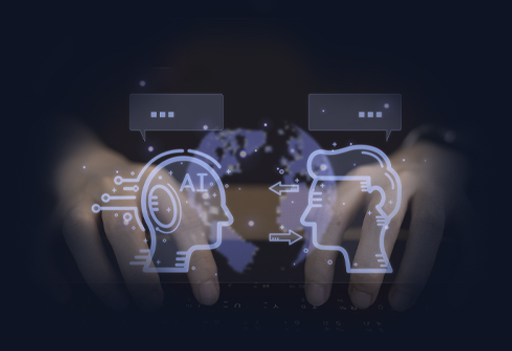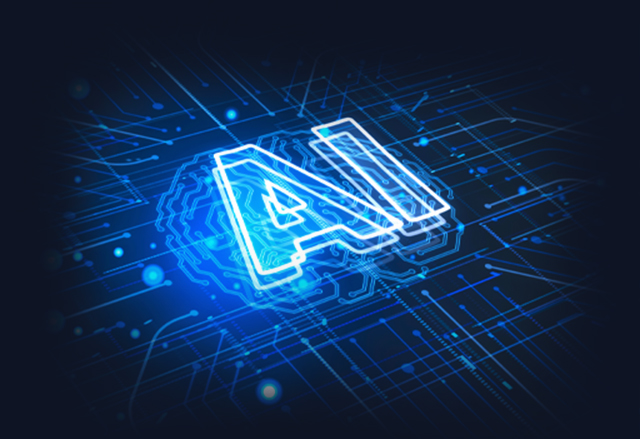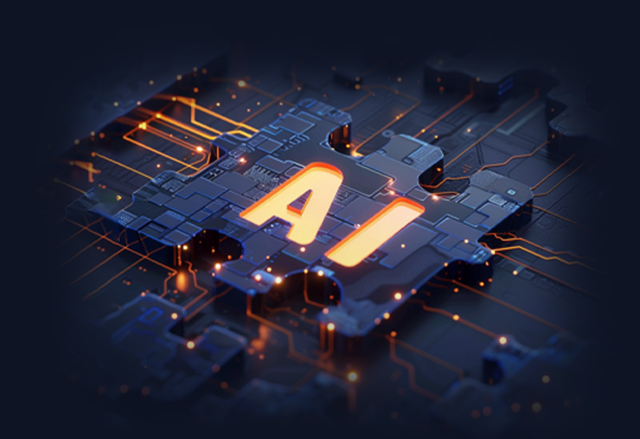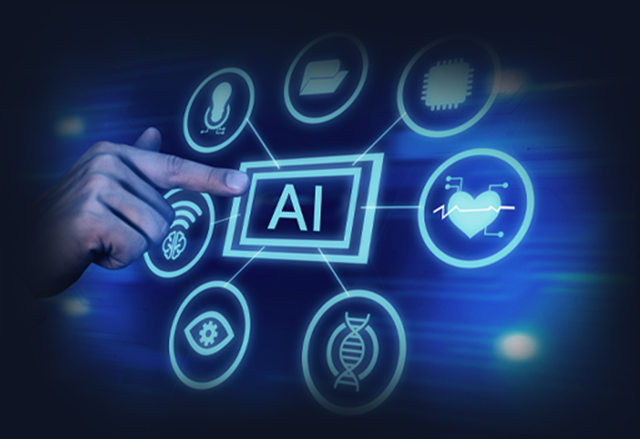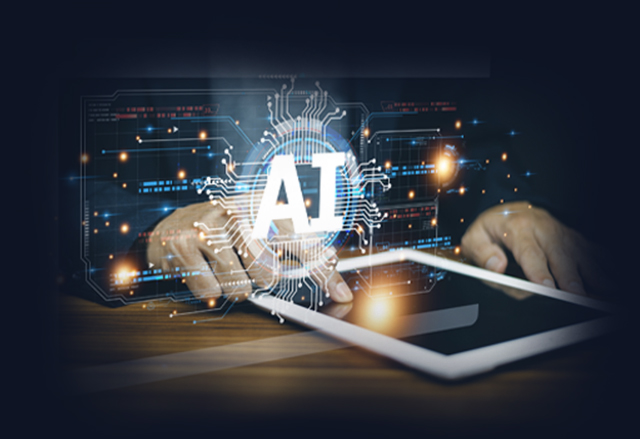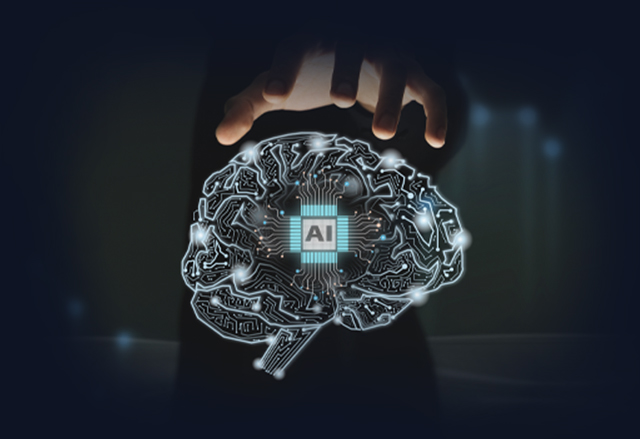Chatbot Vs Virtual Assistant: The Key Distinctions

Virtual assistant and chatbot are two important common concepts in the field of artificial intelligence (AI) and conversational AI, that overlap together and are used interchangeably despite the difference between the two concepts in designs and purposes.
Maybe the most prominent similarity between these two applications is that they are both established to make the lives of people easier by freeing them from the burdens of tedious work and repetitive tasks, through using conversational AI.
Both virtual assistants and chatbots use natural language processing (NLP) to determine the intent of the users' queries or requests, then interact and respond to them in a conversational manner.
In this article, we take a look at the main distinctions between virtual assistant and chatbot.
But first, let's define what the virtual assistant and chatbot are.
What Does Virtual Assistant Refer to?
Virtual assistant, also known as intelligent virtual assistant, is an online assistant that helps people and companies with their daily activities such as:
- scheduling meetings,
- managing their email or calendar,
- providing information,
- and complementing customer service.
It is a software-based agent that helps users in performing daily simple tasks. Many of its functions are similar to what a personal human assistant can do, for example making a to-do list, setting reminders, typing messages, making phone calls, and offering assistance and troubleshooting.
Relying on artificial intelligence, virtual assistant understands and responds to the requests of users in real-time. It can either work independently or as a complement to a live customer service agent.
Read more about ➡️ What Is a Virtual Assistant and Why Is It Important?
What Is Chatbot?
Chatbot is a computer application that uses conversational artificial intelligence technology to run a discussion (or a chat) with users and customers in human-like conversations via textual or auditory mediums on websites, mobile apps, or the telephone.
It is a digital assistant that can be used to converse with customers in natural language and reply to their questions or perform some other tasks. Thus, chatbots are applied by organizations and businesses to interact with users or customers and offer them assistance around 24x7x360.
Tasks performed by the AI chatbot include:
- Giving instructions to users to complete a function.
- Gathering and sharing information such as products specifications or customers contact details.
- Integrating with self-service portals to provide real-time support for customers.
According to some statistics, the most positive aspect of chatbots is the quick response to users, as these statistics showed that 68% of customers like chatbot because it answers them quickly.
After defining both virtual assistant and chatbot, let's identify the main differences between them.
Virtual Assistant vs. Chatbot: Key Differences
Virtual assistants and chatbots differ in a number of aspects, mainly related to their design and the purpose of their use
Differences in Design: Virtual Assistants vs. Chatbots
Virtual assistants and chatbots differ in terms of design in a number of aspects related to:
- Embedded technology.
- The level of artificial intelligence.
- The channels they are deployed on.
- The interfaces used.
Let's delve deeper into each one of them.
1. Embedded Technology
virtual assistants rely mainly on sophisticated natural language processing (NLP), natural language understanding (NLU) and artificial emotional intelligence to comprehend natural language commands in a better way, and they have the ability to learn from situations.
Moreover, they are also able to integrate with and collect data from search engines and applications to reproduce them into text or voice information.
Virtual assistant uses artificial neural networks or ANNs to learn from the surroundings.
ANNs provide recognition, classification, and prediction depending on analyzing data collected from the surrounding use-cases such as the internet and files it can access from office computers.
Chatbots are designed using programming languages such as javascript, node.js, python, Java, and C#, with relying on rule-based programs, machine learning ML, or natural language processing.
They can be created on a decision tree with interactions through buttons and a set of pre-defined or scripted responses. ML-powered chatbots operate by understanding user inputs and requests, with some training in the beginning, and through constant learning over time depending on recognizing similar keywords.
AI chatbot (also known as contextual chatbots) relies on artificial intelligence, machine learning, and natural language processing algorithms to constantly learn, provide accurate responses and save contexts to produce conversations.
Read also ➡️ Conversational AI Trends for 2023: What You Need to Adopt
2. Level of Artificial Intelligence
Virtual assistant is programmed to understand the semantics of natural conversations and hold long dialogues.
- It can understand human slangs, empathy, and human emotions that are transmitted through language.
- It uses a sophisticated interactive platform.
- It understands and can decipher the natural language in addition to identifying the context in which the users communicate.
- It has the ability to learn from past experiences, which adds an aspect of unpredictability to its action. It may also be programmed to execute more complex tasks.
Chatbots, unless they are contextual ones, can only address queries that have been preprogrammed into them. So, they can hold direct and short conversations. They divide conversation into smaller elements, making it structured and easy to format for the program.
Unlike virtual assistant, chatbot does not have a very high level of language processing skills. As it mainly depends on picking certain words from the users’ speech, processing these words, and replying to them with the most relevant answers that are programmed into it.
- Chatbot is designed to respond to a limited range of inquiries or requests.
- It will fail if the query is not included in the trained set of replies.
- It's relatively incapable of conducting sustained human contact.
Traditionally, chatbots have been text-based, but they may also include audio and visual elements. They give a more FAQ-style of engagement.
3. Channels Utilized
Virtual assistants are integrated into the devices that they come with, which mostly function on voice commands, such as Echo by Amazon which has its corresponding digital assistant built in.
Laptops and mobile phones generally have applications that users can use to interact with virtual assistant, in addition to voice commands.
Chatbots are deployed on websites, support portals, messaging applications such as WhatsApp and Facebook Messenger. They can also be deployed on mobile applications and in-app chat widgets.
4. Interfaces Used
Virtual assistants can have a chat-based interface and can also function without these interfaces, by using voice commands.
Chatbots have a conversational user interface (CUI) which is a chat-like interface that enables customers to interact with the chatbot via messages.
After reviewing the differences between virtual assistant and chatbot in design, let's take a look at the difference between them in purposes.
Purpose Variations: Chatbot vs. Virtual Assistant
Virtual assistants or agents are user-oriented.
They are designed to facilitate personal or business operations and act like personal assistants that have the ability to carry out sophisticated tasks.
Relying on its advanced artificial intelligence techniques, virtual assistant can perform a wide range of tasks, including:
- Simple tasks such as:
- Reading instructions or recipes.
- Giving information about the weather.
- Engaging the user in casual conversation.
- More complex tasks such as:
- Comparing two or more products.
- Finding the best product based on the user's preferences.
It is also used in applications such as virtual reality, decision-making, and electronic commerce, besides helping businesses with various administrative tasks like scheduling appointments, and answering emails.
Moreover, virtual assistant has a considerable ability to improve customer service through enhancing efficiency and providing support for employees as well as customers.
Chatbots are largely company-based solutions, as they assist businesses to provide better experience and engagement to the customers. They are similar in this to the marketing and sales teams in companies.
For example, the chatbot of H&M company conducts as a personal stylist and recommends garments based on the customer’s own style, which leads to a personalized user experience.
Mostly, chatbot is designed to engage customers all day long and replies to their common queries immediately rather than doing administrative tasks.
AI chatbots which considered the best chatbots, can carry on a conversation even if they face unexpected issues or inquires.
Although virtual assistant can carry out a wider range of functions compared to chatbot, the gap between chatbots and virtual agent is continuously narrowing, due to advancements in machine learning and NLP that broadening the functionality of chatbots.
This makes the difference between both of them become blurry, in a way that increases the possibility that both technologies will be absorbed into one in the coming years.
After showing the distinctions between virtual assistants and chatbots, the question arises about choosing to use either of them.
Choosing Between a Virtual Assistant and Chatbot
In order to determine the appropriate platform for your business, you should first determine the purpose of using either the virtual assistant or chatbot platforms.
If you seek to develop your productivity, then a virtual assistant is what you have to choose, because it can help you improve the productivity of your company via delegating tasks to an assistant.
If you want to improve customer engagement by scaling customer service or accelerate marketing and sales efforts, then chatbot is the right choice.
If you aim to increase productivity as well as improve customer engagement, then you need to combine using a virtual agent and a chatbot.
We at DXwand, build innovative conversational AI solutions. We can help you determine the most suitable platforms for your business, by providing innovative technology solutions that can contribute effectively to developing the efficiency of your organization.
Get in touch with us at DXwand to learn how you can get the best AI solutions for your business.


